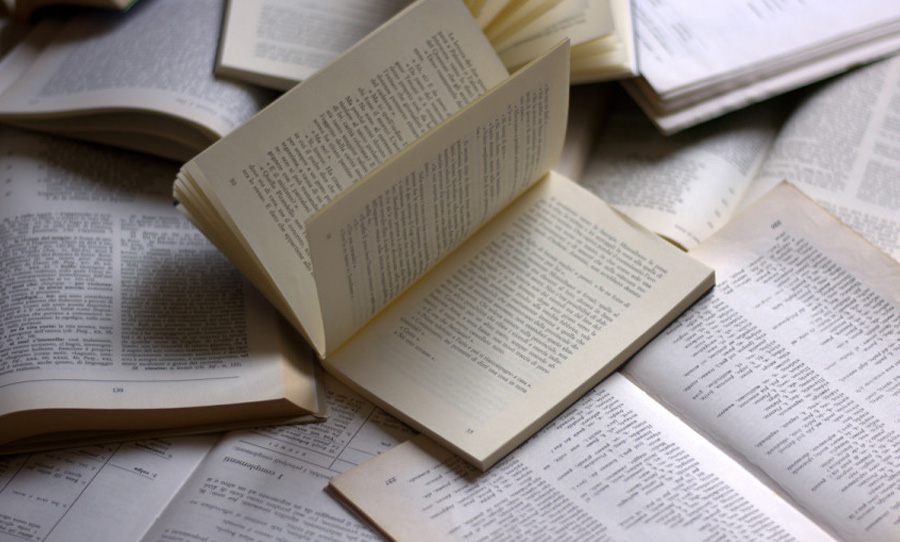Poetry is a unique form, leaping off the page and just as captivating in performance. Here are the best poems in the English language.
It’s hard to deny the power of poetry — weaving magic from the very stuff of human communication, namely, words. As such, the craft dates back millennia and continues to evolve — so why not try to capture the very best poems in the English language.
The tradition is as diverse as its practitioners, so, as you can imagine, this is a list that will stretch on for eternity. Without further, let’s dive into the best poems in the English language.

Poems by Rabindranath Tagore
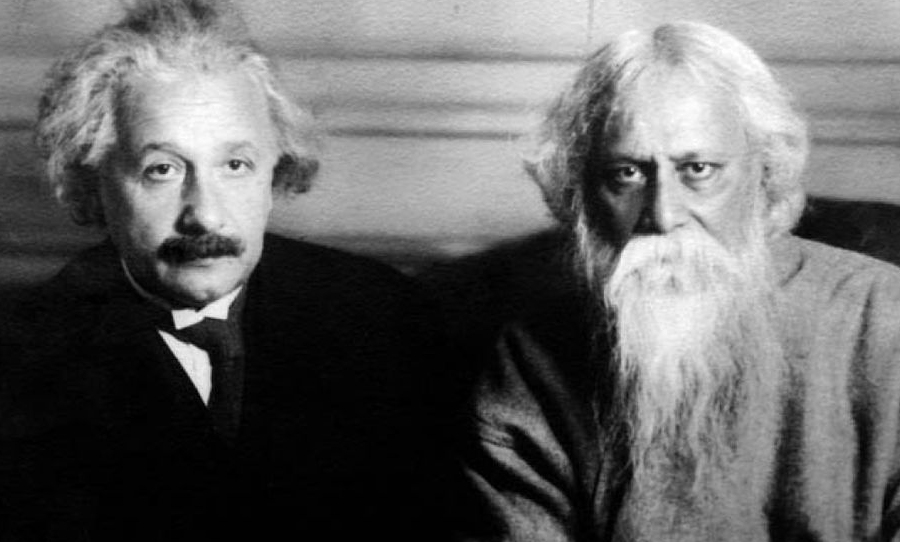
Writing primarily in Bengali, Nobel laureate Rabindranath Tagore was an esteemed voice in the 20th-century poetry space. However, his most notable English collection was a suite of poems entitled Gitanjali: Song Offerings — translated from Bengali to English by himself — which won the Nobel Prize for Literature.
“Hope” is the thing with feathers by Emily Dickinson
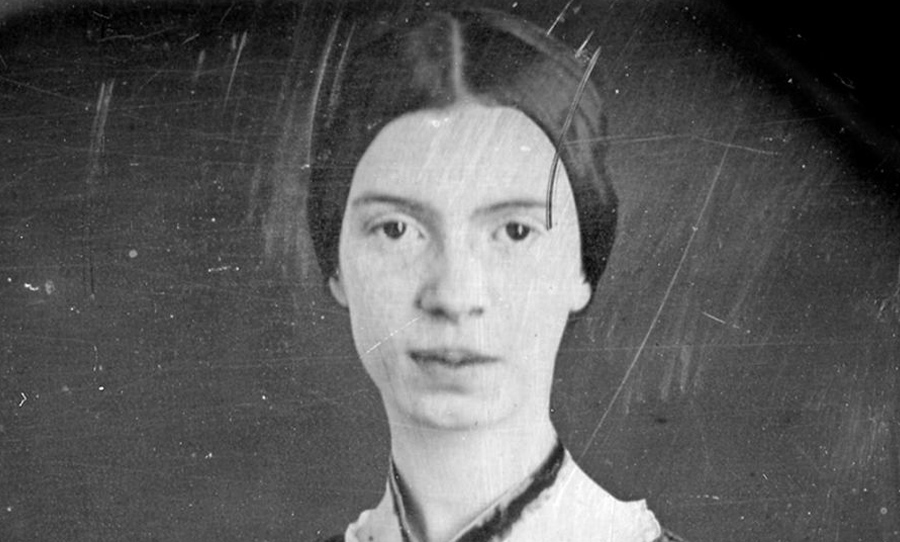
Emily Dickinson was an American poet. Born in 1830, for most of her life she was considered an eccentric and lived in isolation. While her enigmatic brilliance remained unappreciated during her time, she is now known as a major figure of American poetry.
Read “Hope” is the thing with feathers here.
The Raven by Edgar Allan Poe
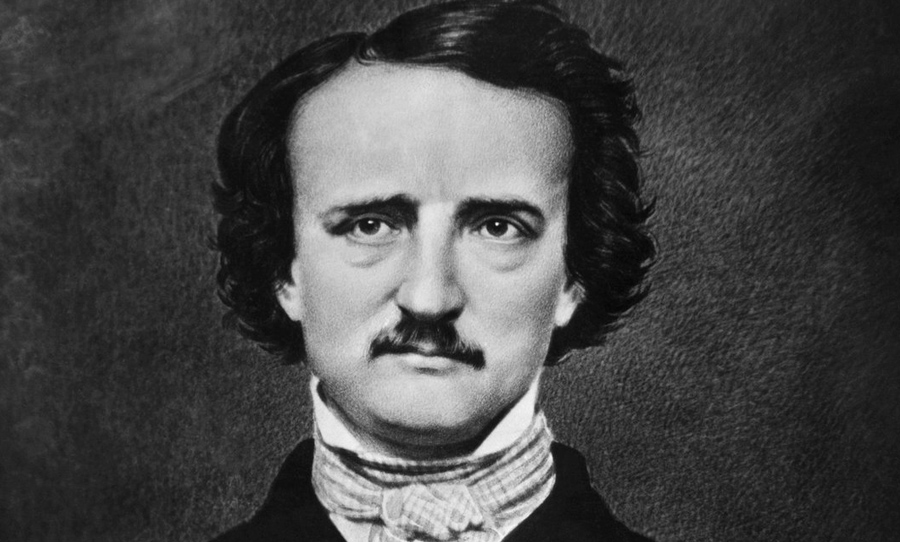
Noted for its rhythmic musicality and superb internal rhymes, The Raven is one of the most frequently analyzed poems in history. It’s been widely influential on many great works, such as Vladimir Nabokov’s Lolita and Ray Bradbury’s The Parrot Who Knew Papa, as well as on writers like Charles Baudelaire.
June Sunset by Sarojini Naidu
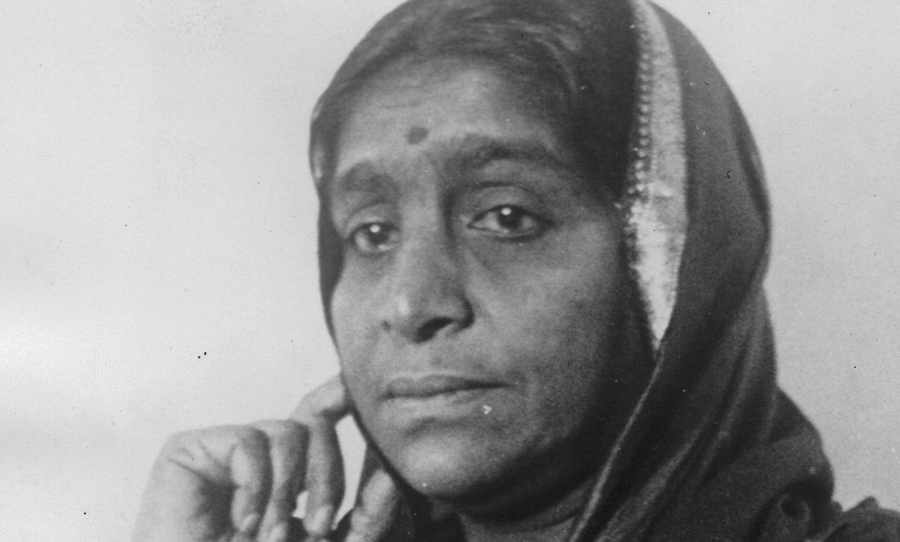
A fierce proponent of the Indian Independence movement, Sarojini Naidu was an Indian poet, activist and freedom fighter who advocated for women’s civil rights and anti-imperialism. Named the “Nightingale of India” by Mahatma Gandhi, Naidu had one of the most prolific literary careers in the country’s history.
On Friendship by Khalil Gibran

Kahlil Gibran spent much of his youth growing up in both America and Lebanon. An active member of the literary scene in America, Gibran was most notably involved with an Arab-American society called the Pen League (the first Arabic-language literary society in America) whose members promoted writing in Arabic and English. The poet would go on to publish eight books in English and nine in Arabic, many of which delve into themes of love, religion, friendship, longing, and death.
Sonnet 18: Shall I compare thee to a summer’s day by William Shakespeare
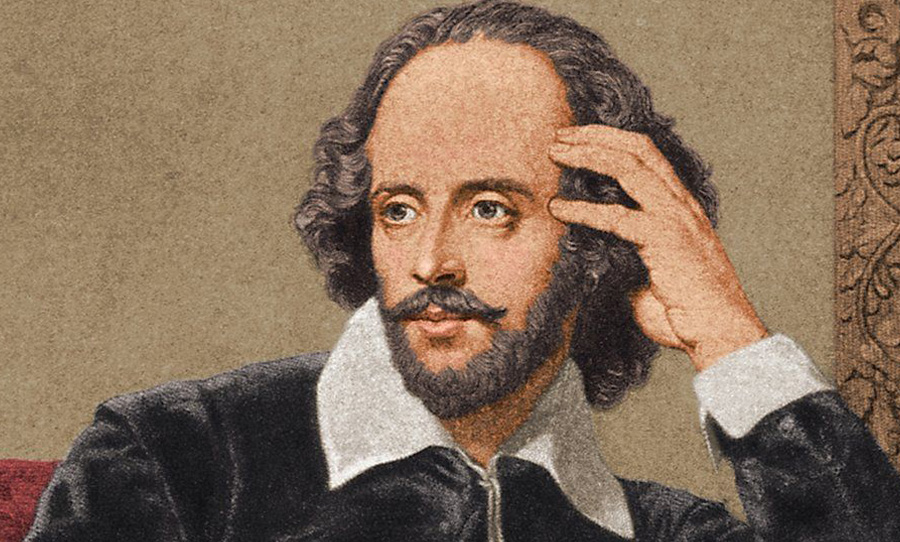
William Shakespeare (1564 – 1616) was an English playwright and is one of the most widely-read writers in the English Language. Sonnet 18 is widely considered to be one of the best poems in the English language and many of his works have been adapted countless times for the stage, television, film, and music, he’s left an unmatched, impressionable legacy on the Western literary canon.
Read Sonnet 18: Shall I compare thee to a summer’s day here.
On Being Brought from Africa to America by Phillis Wheatley
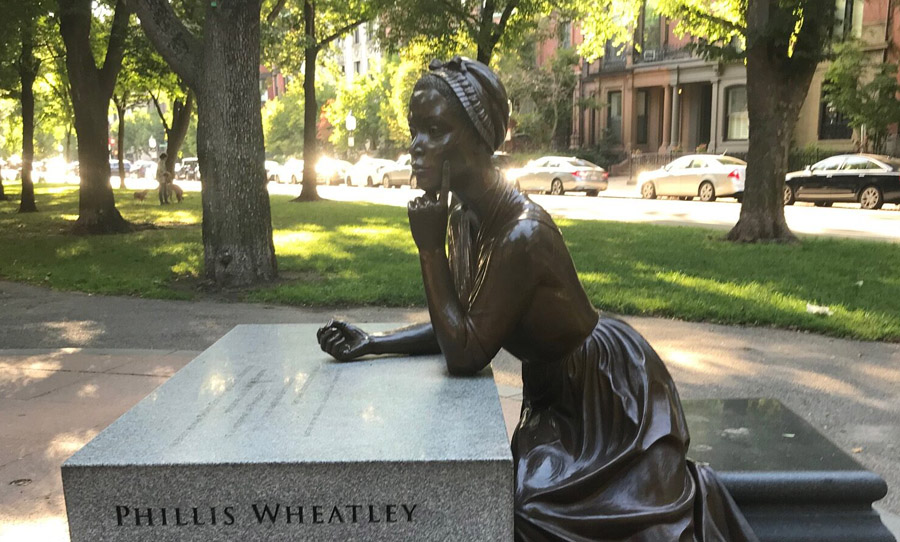
Phillis Wheatley (1753- 1784) was the first African-American to author a published book of poetry (Poems on Various Subjects, Religious and Moral, 1773). Born in West Africa and bought by the Wheatley family, the poet’s first tutor was the eldest Wheatley daughter. After witnessing her talent for poetics, the Wheatley family encouraged her writing, and Phillis’ emancipation occurred shortly after the publication of her book. Celebrated by many of America’s founding fathers, including George Washington, Phillis Wheatley remains a beloved icon of American poetry.
Read On Being Brought from Africa to America here.
O Captain! My Captain! by Walt Whitman
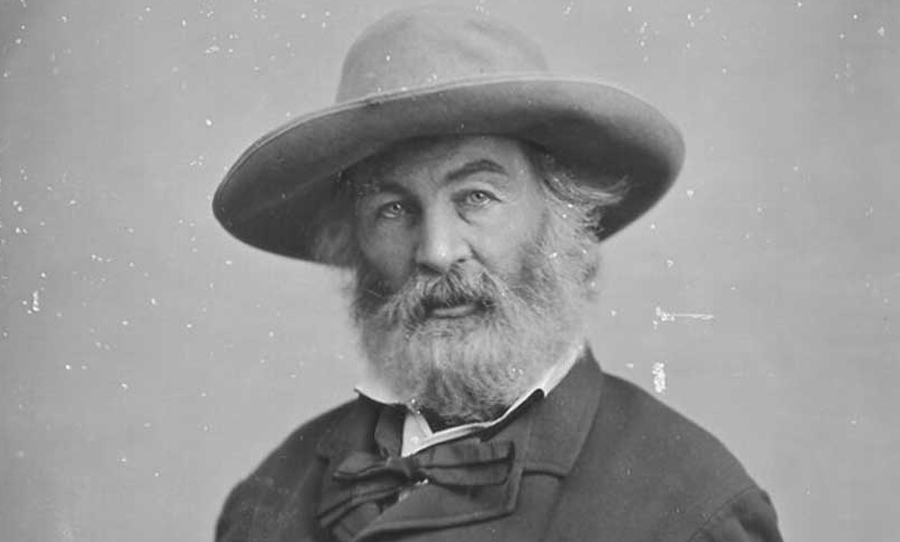
Walt Whitman (1819 – 1892) was one of the most influential writers of his time. Known as the father of free-verse, Whitman is considered the quintessential American poet, achieving this status after the publication of his American epic, Leaves of Grass. Much of his work has been cited in popular culture (Breaking Bad, Dead Poets’ Society, are two examples among many) and his legacy remains synonymous with American poetry.
Read O Captain! My Captain! here.
The Rime of the Ancient Mariner by Samuel Taylor Coleridge
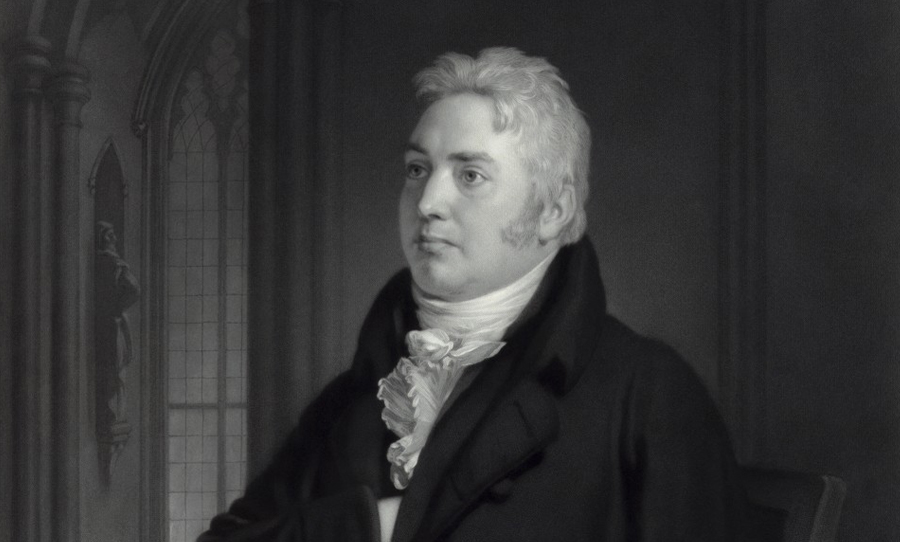
Samuel Taylor Coleridge (1772-1834) was an English poet and philosopher that worked extensively through the Romantic period. Much of his poetry revolutionized verse, and he is often credited as one of the forefathers of American transcendentalism. With lasting influence throughout the centuries, Coleridge has endured as a powerful figure in Western poetics.
Read The Rime of the Ancient Mariner here.
If- by Rudyard Kipling

Rudyard Kipling (1865 – 1936), most famously known for authoring The Jungle Book, was a writer that worked in the late Victorian period. While he was an extraordinarily gifted novelist and poet, it’s crucial to highlight that many of his personal beliefs have aged questionably. See: anti-Semitism, pro-colonialism/misogyny/imperialism. As a result of this, much of his work has been subject to debates in New Criticism about the separation between art and the artist.
Ode to a Nightingale by John Keats
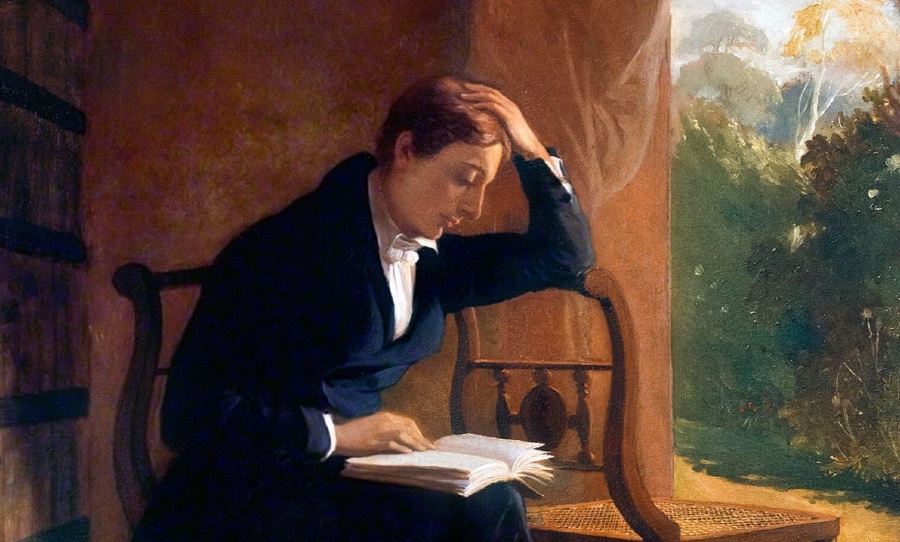
John Keats (1795-1821) was an English poet that worked during the Romantic period. While he tragically died at the age of 25, his popularity exploded in the years after his death. Versatile in his literary project, Keats’ experimentation with sonnets, odes, and epics has established him as a dazzling writing phenomenon that deeply influenced the modern trajectory of poetics.
Read Ode to a Nightingale here.
She Walks in Beauty by Lord Byron
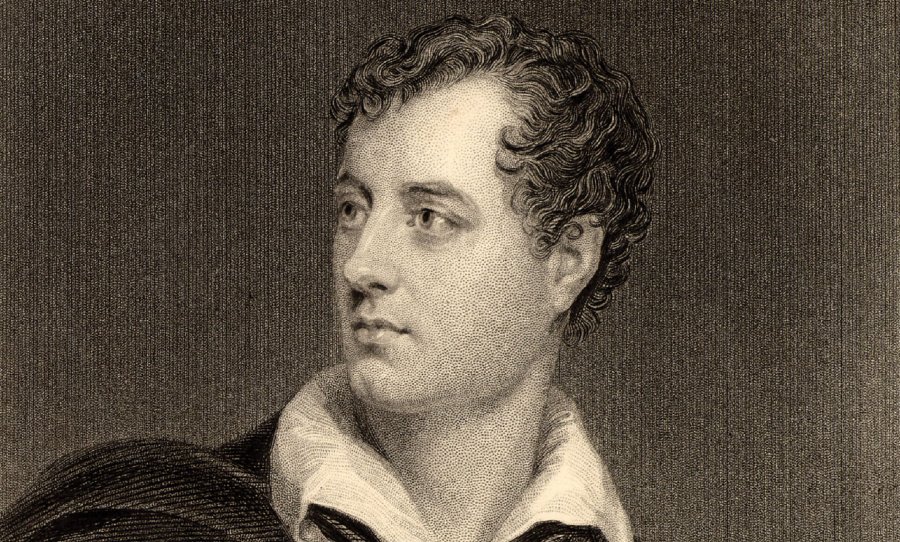
Lord Byron (1788-1824), born George Gordon Byron, 6th Baron Byron, was an English poet that is widely heralded as one of the greatest English writers of all time. A major proponent of the Romantic movement during the 18th century, his work has exercised significant influence on literary criticism, including the eponymous term: ‘Byronic hero.’
Read She Walks in Beauty here.
Ozymandias by Percy Bysshe Shelley
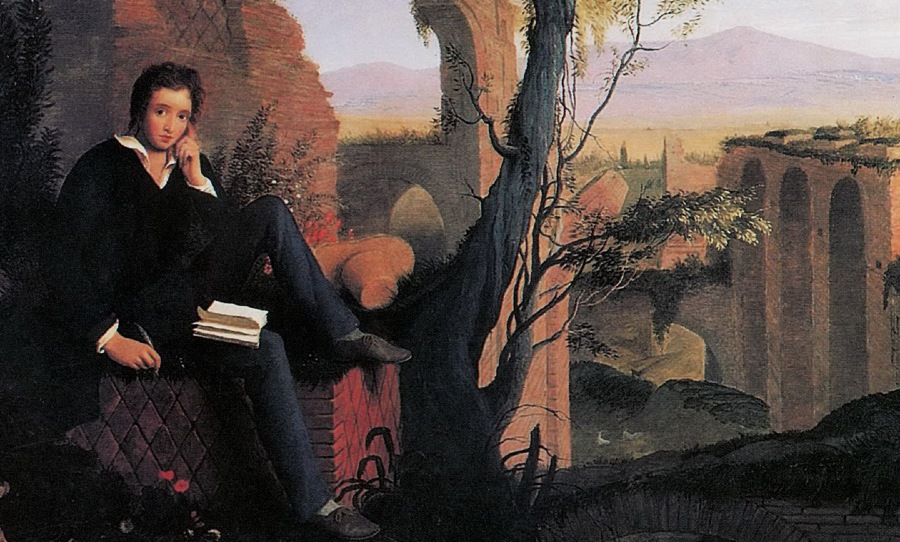
Percy Bysshe Shelley (1792-1822) was a Romantic poet. Considered a radical during his time, his work was heavily unappreciated during his lifetime but grew to influence major poetic (W.B. Yeats, Thomas Hardy) and political figures (Karl Marx, Mahatma Gandhi) in the decades following his death.
The Return by Ezra Pound
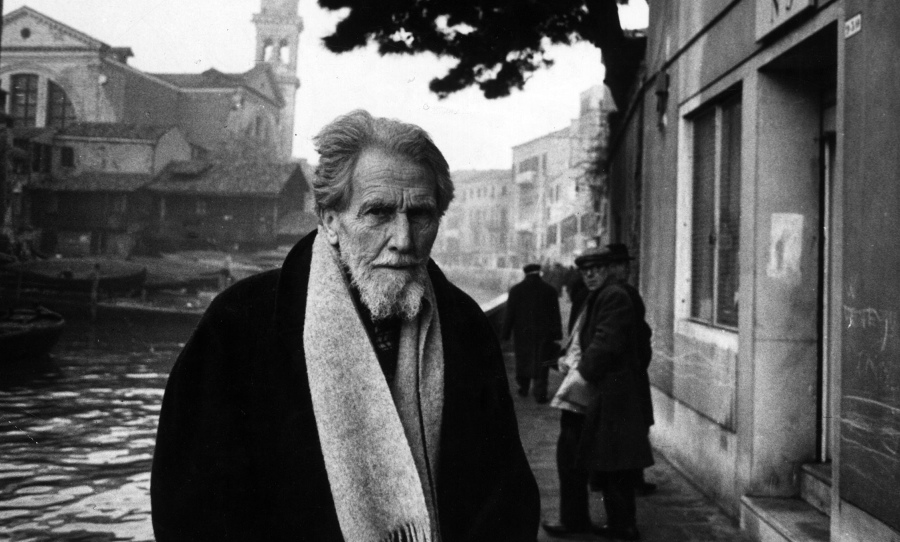
Ezra Pound (1885-1972) was an American poet who is widely known as a major figure in Modernist poetry, specifically Imagism. He is responsible for influencing and discovering the work of contemporaries like James Joyce, Marianne Moore, and T.S. Eliot. In particular, his role in editing Joyce’s Ulysses and T.S. Eliot’s The Waste Land have been cited as examples of his major influence in twentieth-century poetry.
How Do I Love Thee? by Elizabeth Barrett Browning
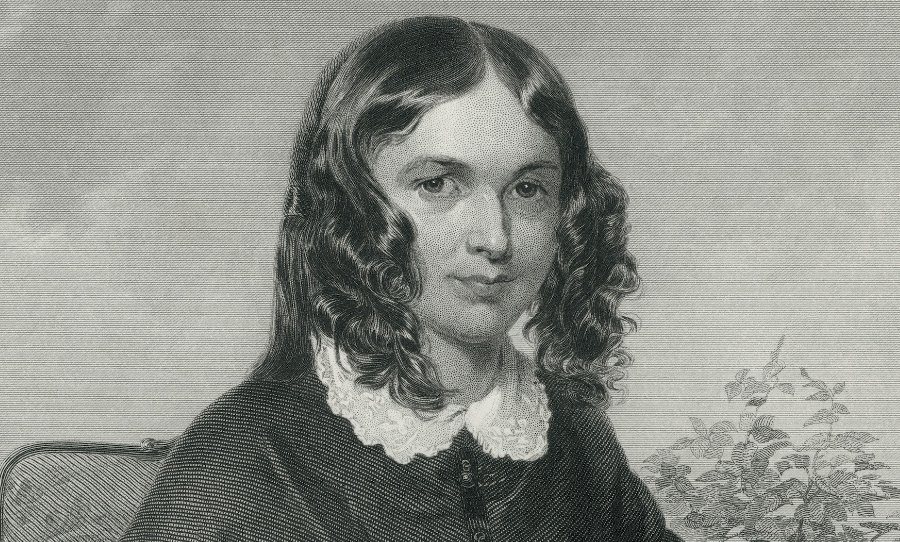
Elizabeth Barrett Browning (1806-1861) was a celebrated English poet who wrote in the Romantic period. Having inspired poets such as Emily Dickinson and Edgar Allen Poe, she retains an enormous influence on Romantic poetry. How Do I Love Thee is the 43rd sonnet in a collection of love sonnets titled Sonnets from the Portuguese, which Browning published to critical acclaim in 1850.
A Jelly-Fish by Marianne Moore
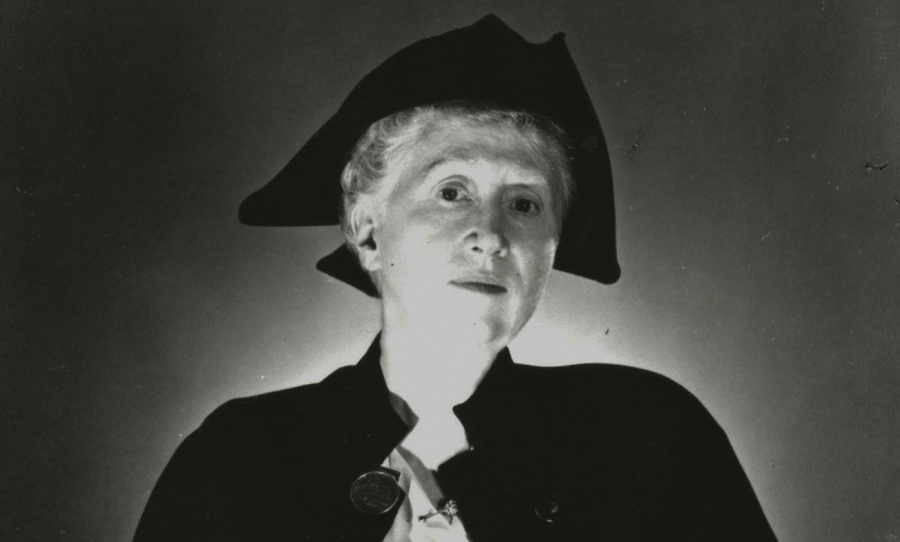
Marianne Moore (1887-1972) was an American Modernist poet who was celebrated for her work’s irony, precision, and wit. A Pulitzer Prize-winning writer, Moore steered away from the English poetic tradition and was known for her carefully constructed language being written in unusual meters.
Fire and Ice by Robert Frost
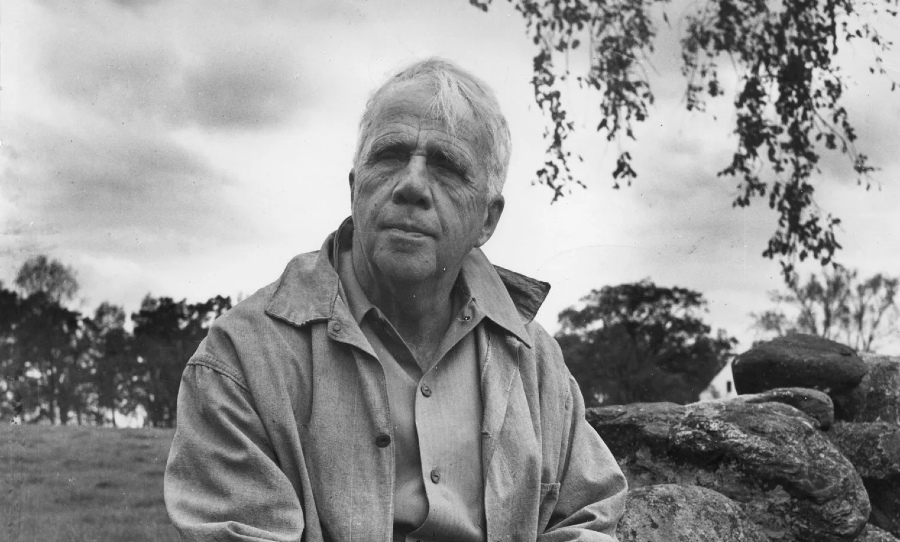
(Photo: Ruohomaa/Black Star)
Robert Frost (1874-1963) was an American poet who was known for his deft examinations of the human condition, at the point of intersection between the metaphysical and the tangible. Having received four Pulitzer Prizes for Poetry — and to this date, remaining the only poet to do so — he is one of the most revered giants of American poetry.
My Heart Leaps Up by William Wordsworth

William Wordsworth (1770-1850) was an English poet who grew to be one of the biggest figures in the Romantic movement. His bibliography has significantly influenced Western literature, and his most famous work The Prelude (1850) was published post-humously to immense acclaim.
In Flanders Fields by John McCrae
John McCrae (1872-1918) was a Canadian poet, soldier, and physician who was enlisted in the First Canadian Contingent during World War I. In Flanders Field was written to memorialize the April 1915 battle in Belgium’s Ypres Salient, where McCrae tended to soldiers for 17 days.

The New Colossus by Emma Lazarus
Emma Lazarus (1849–1887) was an American poet who was highly influential in the formation of America’s identity as an independent nation. The last lines of her poem, The New Colossus, inscribed in 1903, appear on the bronze plaque on the pedestal of the Statue of Liberty.
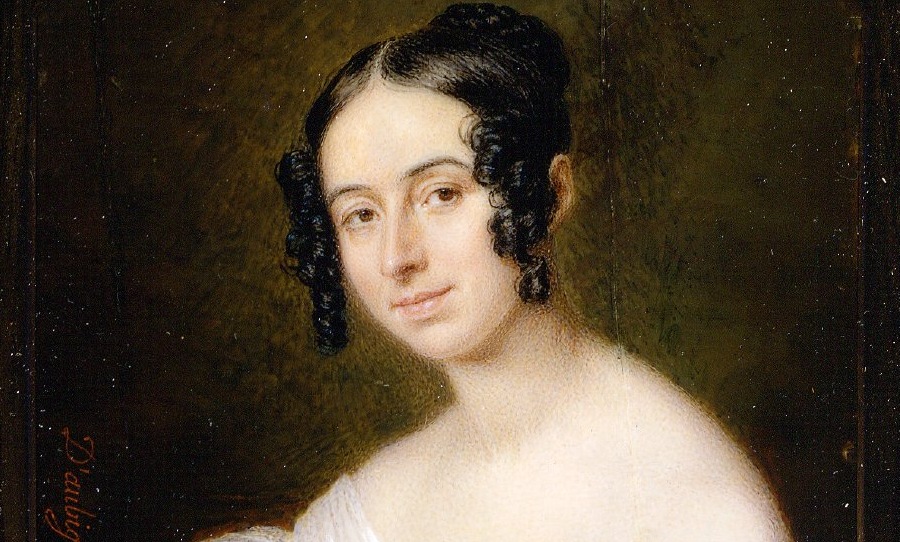
Crossing the Bar by Alfred, Lord Tennyson
Alfred, Lord Tennyson (1809 – 1892) was an English poet who worked during the Victorian era and was the Poet Laureate of England for the majority of Queen Victoria’s tenure. Reflective of his lifelong battle with depression, his work often explored sadness, grief, and, melancholia.
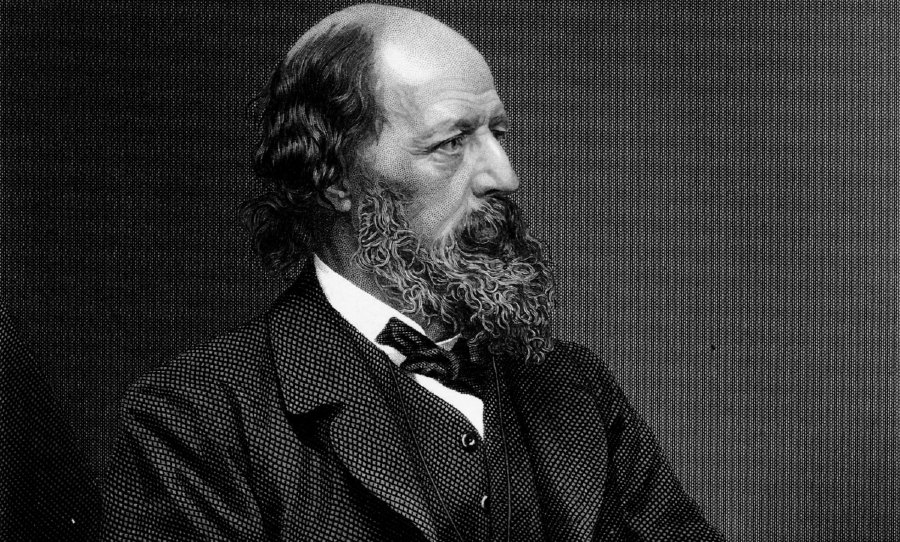
Lines Composed a Few Miles above Tintern Abbey by William Wordsworth
William Wordsworth (1770-1850) worked and wrote during the Romantic period, and would later evolve into one of the most influential figures of the movement. Line Composed a Few Miles above Tintern Abbey explores the natural world of the river Rye, and its transcendence, while demonstrating the poetic characteristics of both a dramatic monologue and an ode.
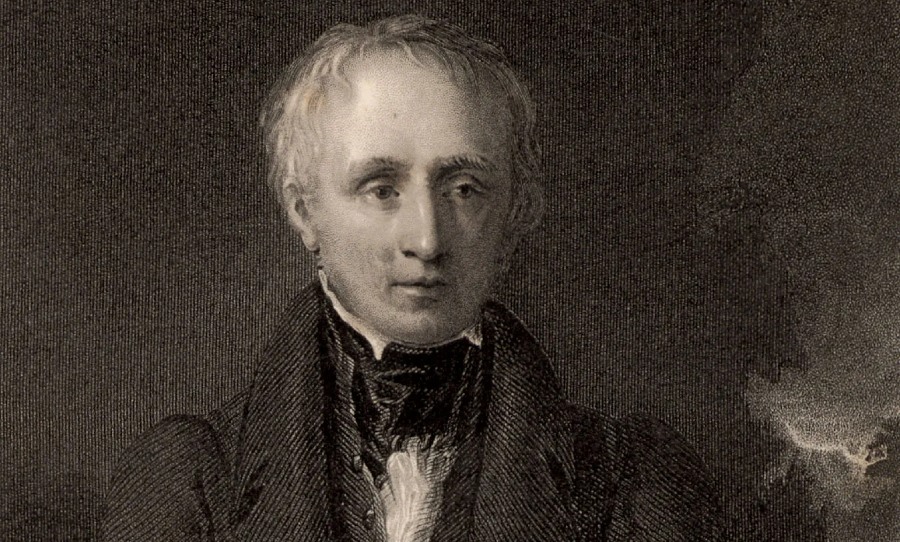
Read Lines Composed a Few Miles above Tintern Abbey here.
Invictus by William Ernest Henley
William Ernest Henley (1849-1903) was a British poet who worked in the late Victorian era. His most famous poem, Invictus, was written during the recovery of an intense surgery — with the narrow miss of having his second leg amputated — and severe complications of tuberculosis.

I Have a Rendezvous with Death by Alan Seeger
Alan Seeger (1888 – 1916) was an American war poet that fought in the Foreign Legion of the French Army in WWI but was eventually killed during the Battle of the Somme in 1916. As reported by The New York Times, Seeger’s most famous poem, A Rendezvous with Death, was beloved by the former President of the United States, John F. Kennedy.

Read I Have a Rendezvous with Death here.
Fragment 31 by Sappho (translated by Chris Childers)
Sappho (c. 630 BC – c. 570) was an Archaic Greek poet that lived on the island of Lesbos and wrote tens of thousands of lines of poetry, often referred to as the female Homer. While much of her poetry is lost to modern readers, the surviving “fragments” are still the subject of extensive Classical scholarship to this day.
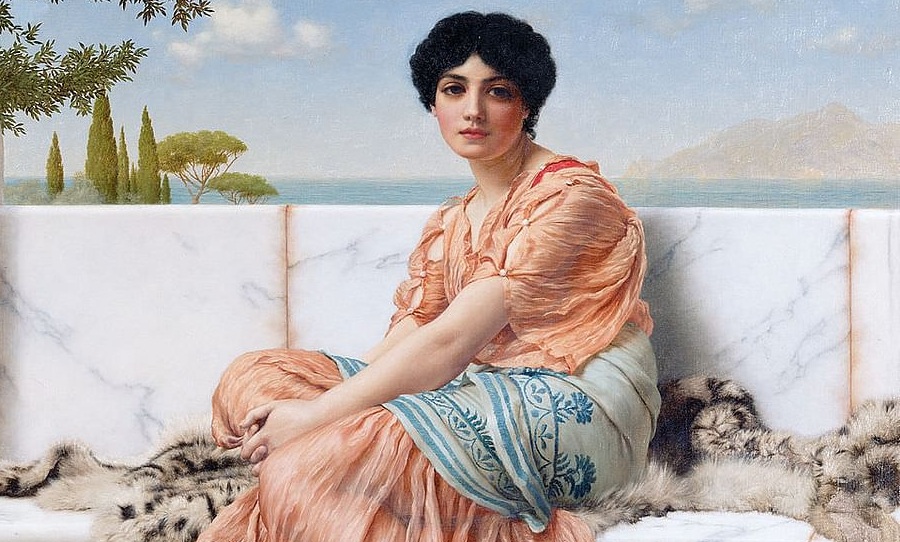
Still I Rise by Maya Angelou
Maya Angelou (1928–2014) was an American poet and activist who had a career spanning literature, film, criticism, social justice, and music. One of the most prolific poets in history, Maya Angelou’s poems were celebrated for their expression of Black beauty and womanhood, the strength of the human spirit, and an unyielding passion for justice.
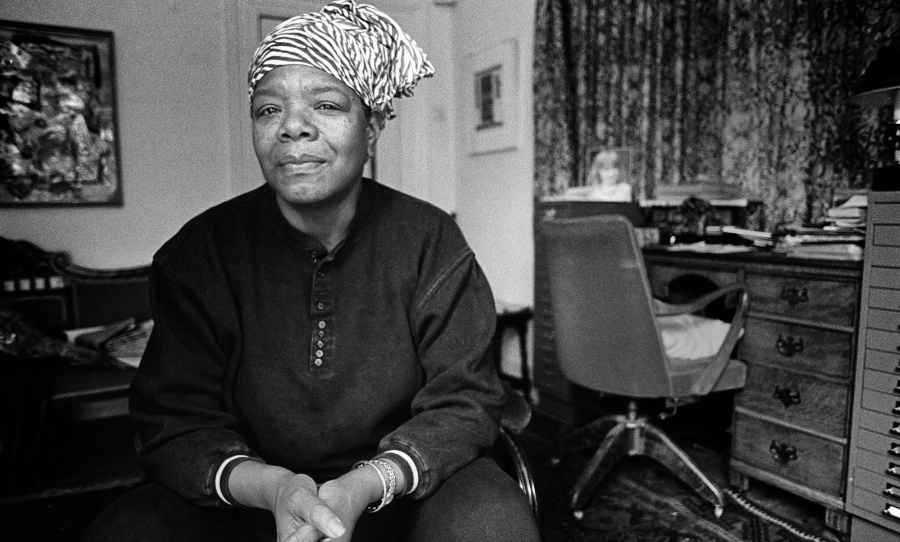
Daddy by Sylvia Plath
Sylvia Plath (1932–1963) was an American poet that has had an enduring legacy on literature and poetry, more than six decades after her time. Described as “one of the most celebrated and controversial of postwar poets writing in English,” Sylvia Plath’s innovative and dynamic poetry made her one of the best-known poets of the 20th century.
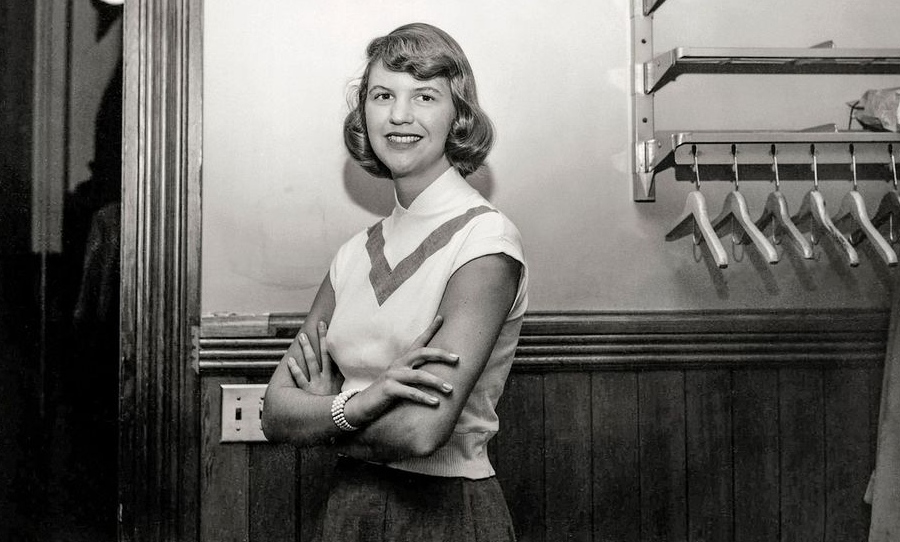
Photo: Alamy
Harlem by Langston Hughes
Langston Hughes (1902–1967) was an American poet that was a central figure in the Harlem Renaissance movement of the 20th century. His work often explored Black intellectual, creative and artistic life, and his extensive body of work — including poems, essays, and fiction — has grown to be hugely influential in the course of American poetry.
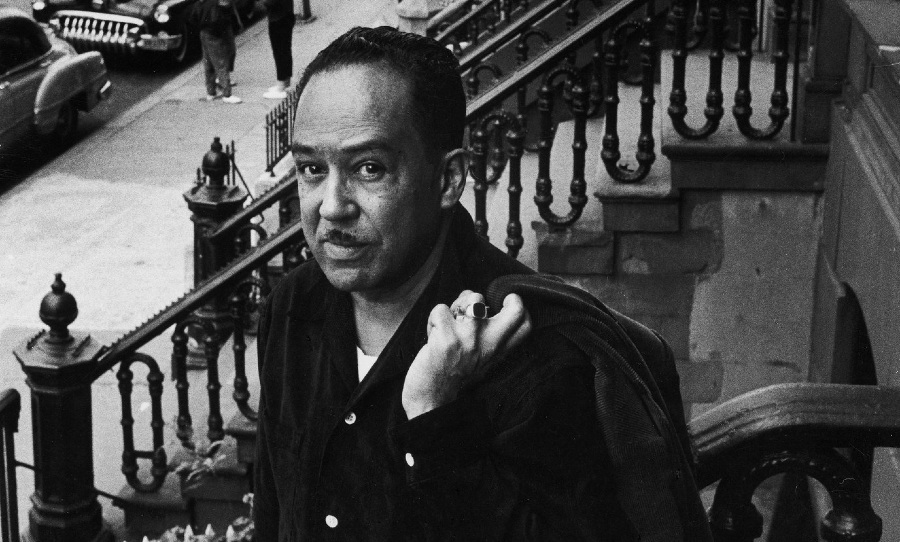
Meditations in an Emergency by Frank O’Hara
Frank O’Hara (1926–1966) was an American poet who was a central figure in the “New York School” — an influential group of poets in the 20th century that took their name from the Abstract Expressionist art movement and creatively experimented with genre and form.
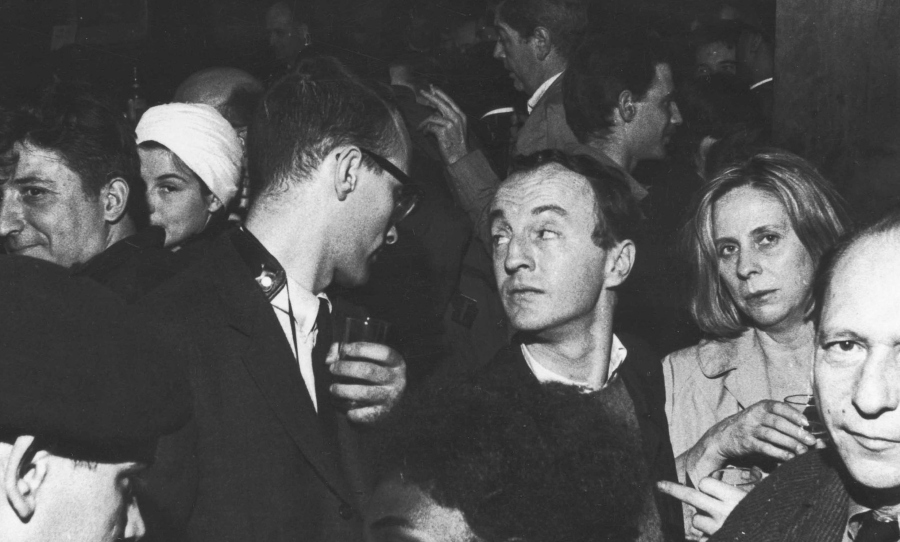
Read Meditations in an Emergency here.
Ode on a Grecian Urn by John Keats
John Keats (1795-1821) was a Romantic poet whose experimentation with various poetic styles established him as a writing phenomenon that deeply influenced the modern trajectory of poetics, as well as an icon of English poetry.
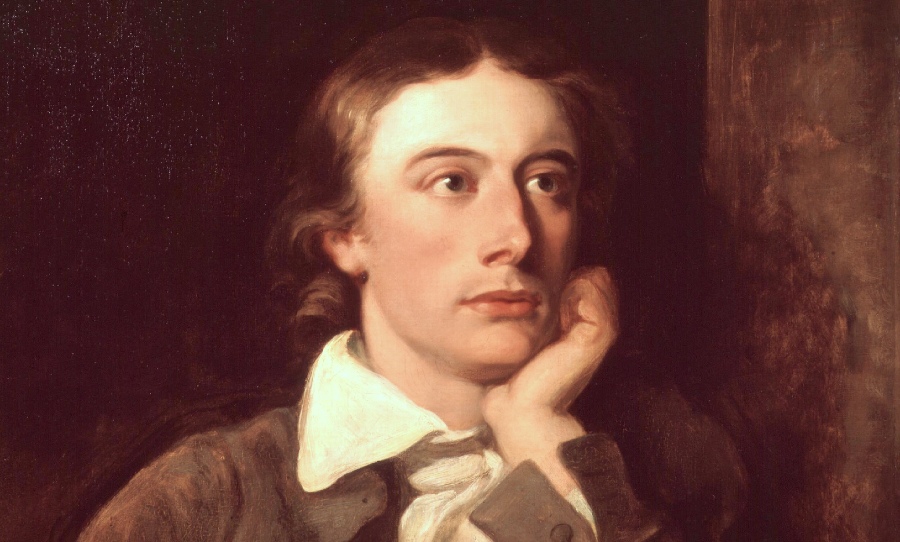
Read Ode on a Grecian Urn by John Keats here.
Do not go gentle into that good night by Dylan Thomas
Dylan Thomas (1914 – 1953) was a Welsh poet who is often regarded as one of the world’s most popular and significant Modern poets. His work was often described as unclassifiable, due to his masterful experimentations with rhythm, form, and imagery.
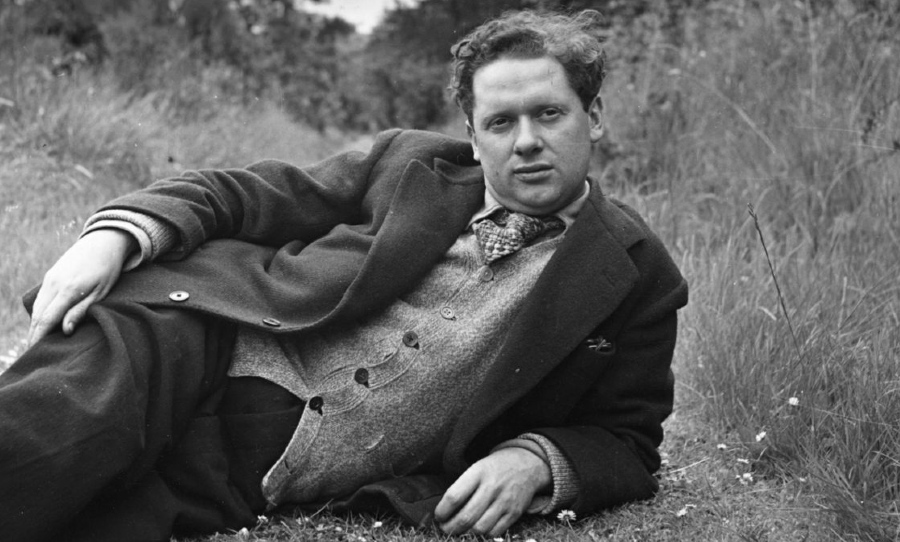
Read Do not go gentle into that good night by Dylan Thomas here.
[i carry your heart with me(i carry it in] by E.E. Cummings
E. E. Cummings (1894 – 1962) was an American poet whose work was characterized by its innovative use of grammar, punctuation, and form. [i carry your heart with me(i carry it in] is one of his most famous works and explores a deep devotion to one’s lover, where their hearts seem to exist within each other.

Read [i carry your heart with me(i carry it in] by E.E. Cummings here.
